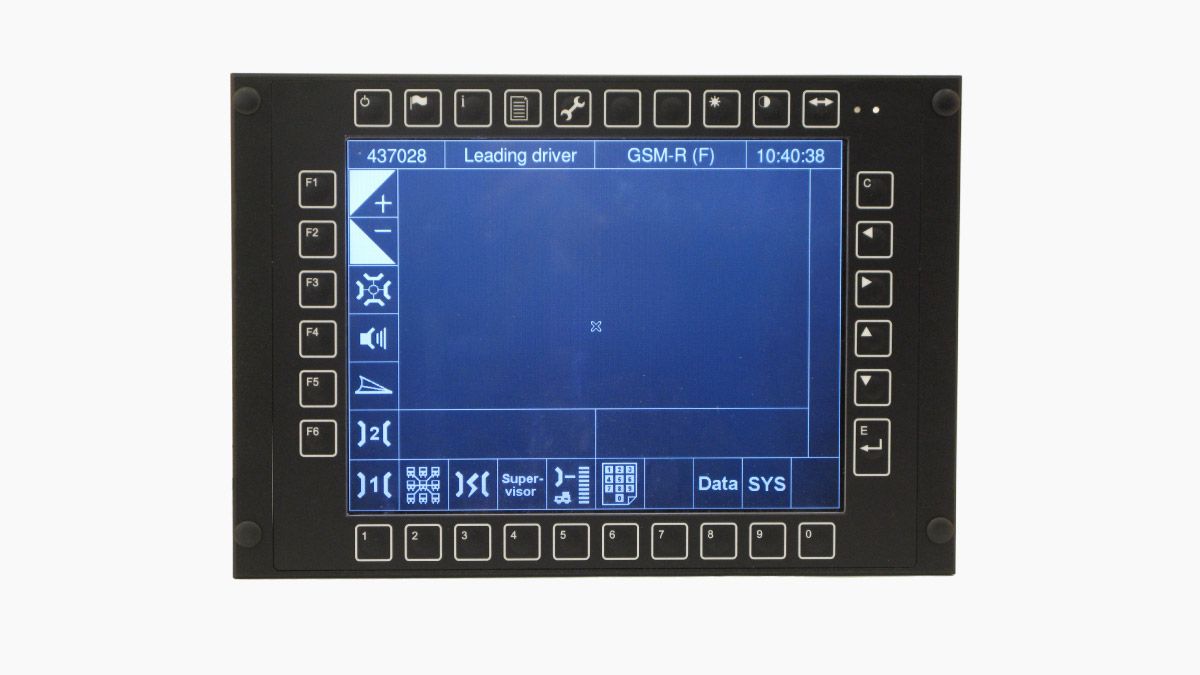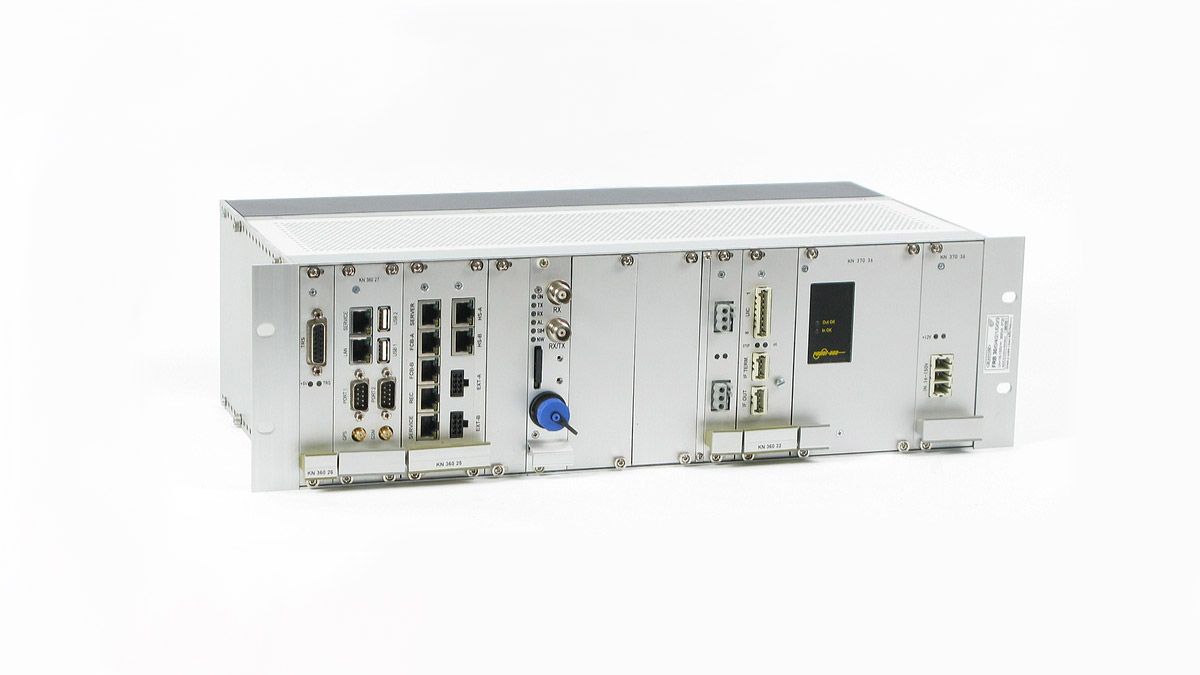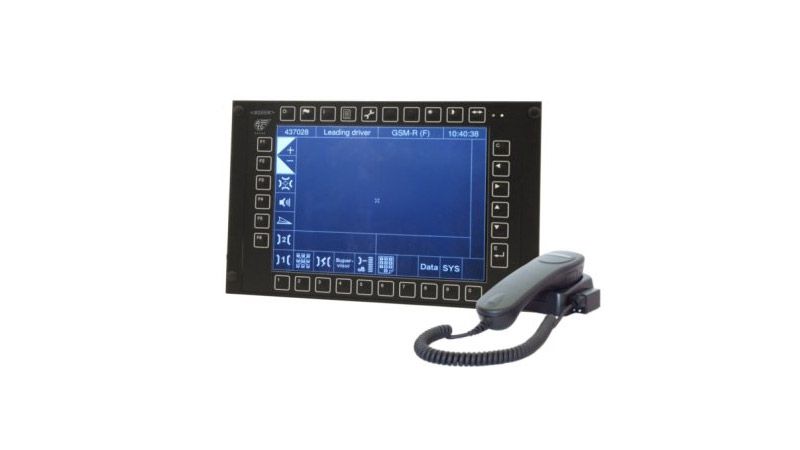Chcete s námi spolupracovat?
Neváhejte a kontaktujte nás! Rádi s Vámi zkonzultujeme Váš projekt!
+420 466 414 211

Hardware and software development, design, production, supply, installation, service and technical support
Adresa
RADOM, s.r.o.
Jiřího Potůčka 259
530 09 Pardubice
Czech Republic
This email address is being protected from spambots. You need JavaScript enabled to view it.


